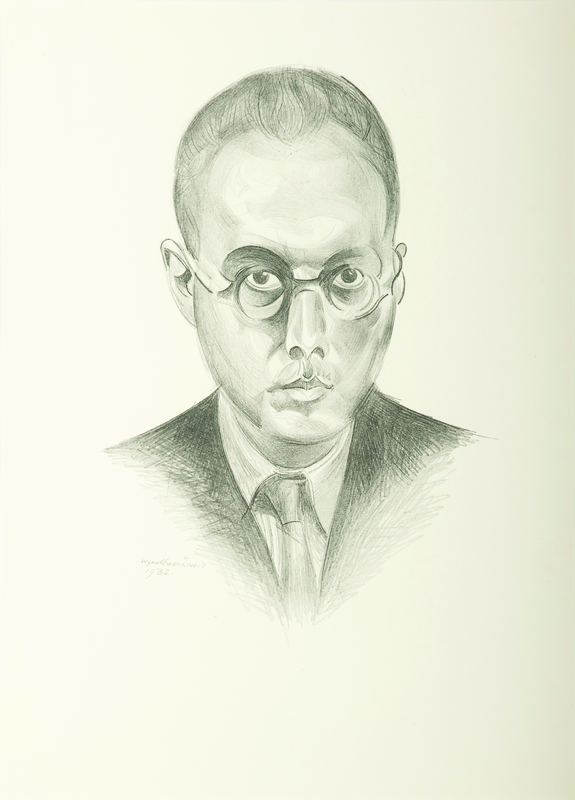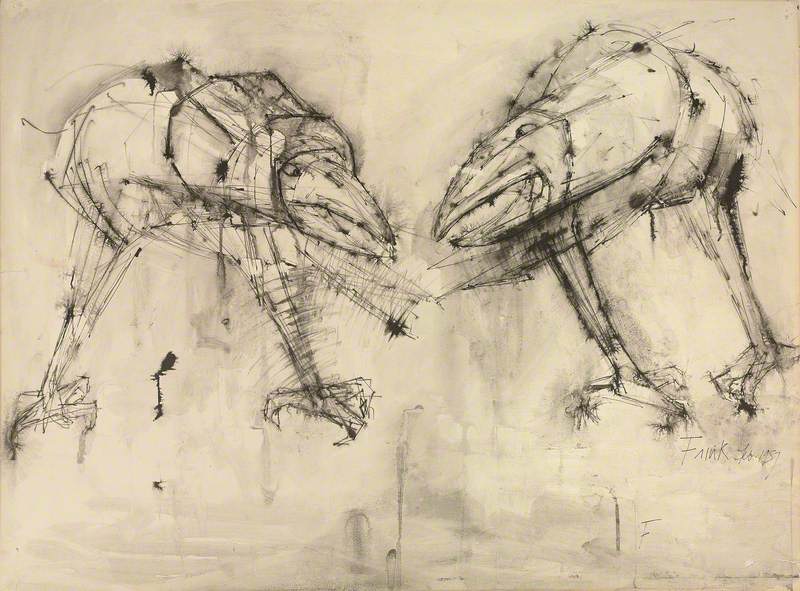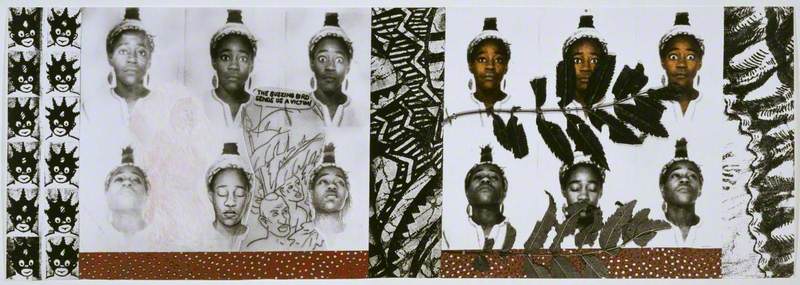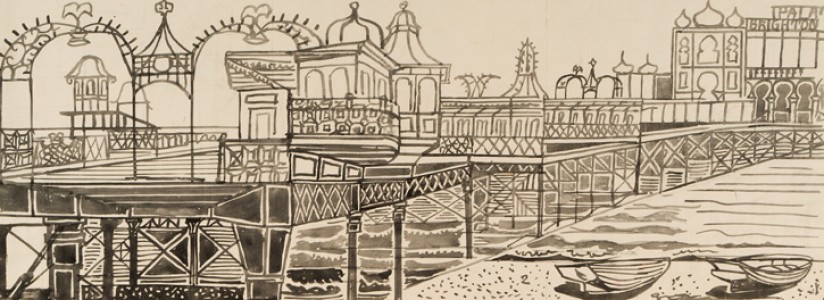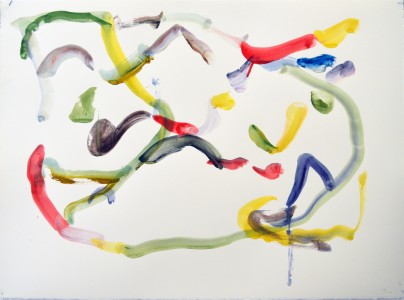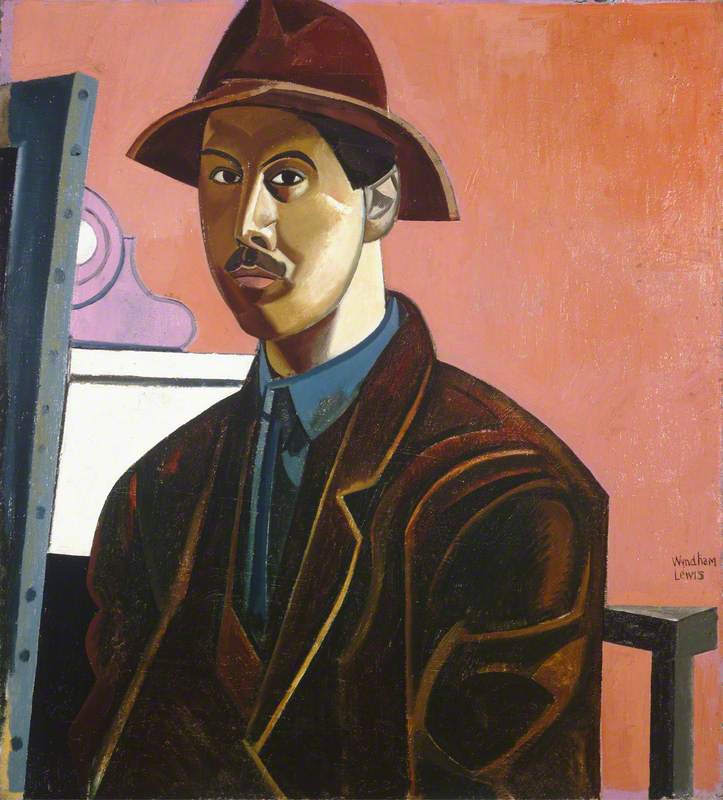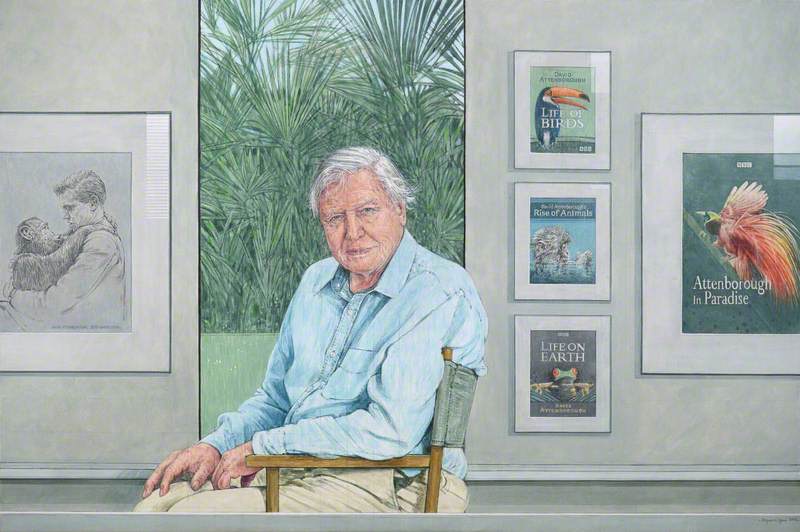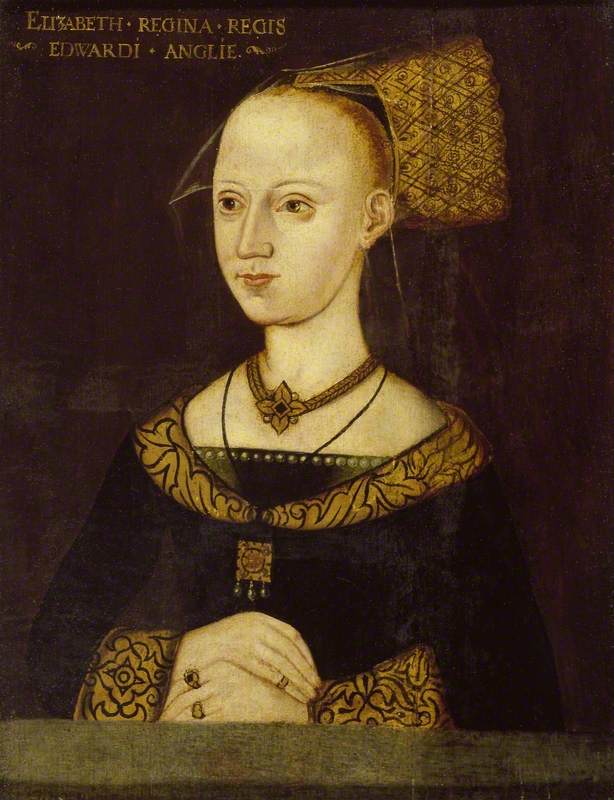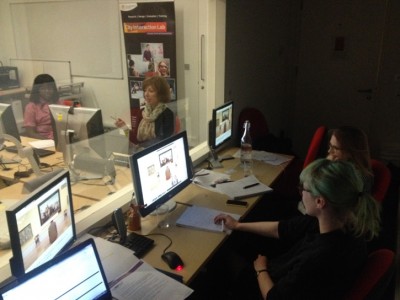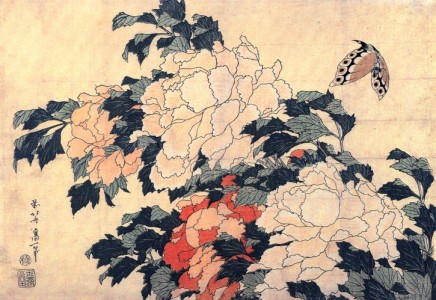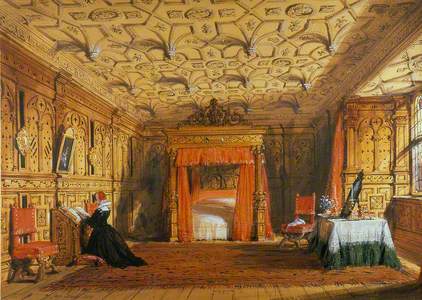It’s been over nine months since Art UK started adding prints,
The problem
- Artworks on paper are highly susceptible to deterioration: the light,
heat and humidity of their environment must be carefully controlled - Their fragility means
watercolours , prints and drawings are often stowed away rather than on display - Often works on paper far
outnumber paintings and sculptures in museums and galleries, but this isn’t always apparent to museum visitors - Many artists who worked primarily on paper do not have a permanent display platform for their work
- Artists who work in various media may have their works on paper overlooked in
favour of oil, acrylic or 3D work
Art UK’s solution is to showcase images of works on paper on our digital platform, making
Highlights
The Palmhouse, Kew Gardens
(edition 13/50) 1950
Edward Bawden (1903–1989) 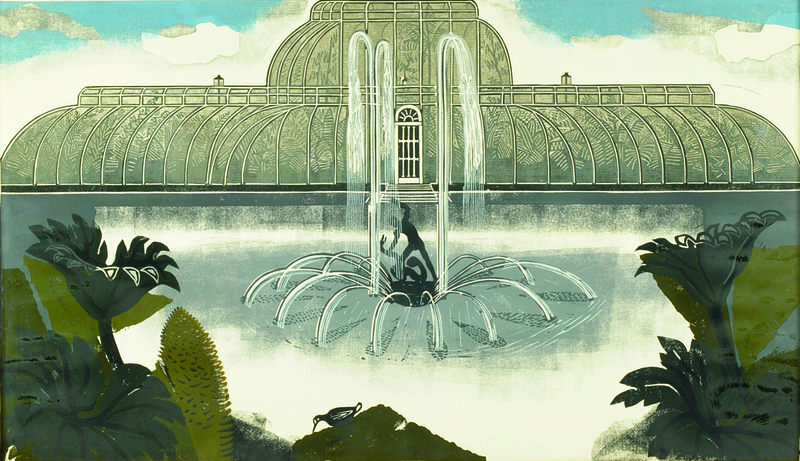
Opening up Art UK’s remit has allowed us to include the incredible
The Ingram Collection of Modern British and Contemporary Art added a lithograph on paper Self
An Interior in Sizergh Castle, Cumbria
1850
Joseph Nash the elder (1808–1878) 
Cumbria’s Sizergh Castle is now a National Trust property. The oak
Art UK is lucky enough to have works by the artist Elisabeth Frink added to the site, such as this drawing Warrior Birds. Perhaps influenced by the artist’s own experience of war, Warrior Birds encapsulates panic,
In an interview with Sarah Kent which took place shortly before Frink’s death, Frink discussed her depiction of birds:
Elisabeth: I mean, my birds of prey, actually became something else. I mean, they became like bits of shrapnel and flying things, you know, with the very sharp beaks.
Sarah: So they were
Elisabeth: Yes.
[…]
Elisabeth: Well, they changed a lot. I mean, as they went through, they became harbingers, and, you know, the
Ideas for David Attenborough
(study for 'Attenborough in Paradise') 2016
Bryan Organ (b.1935) 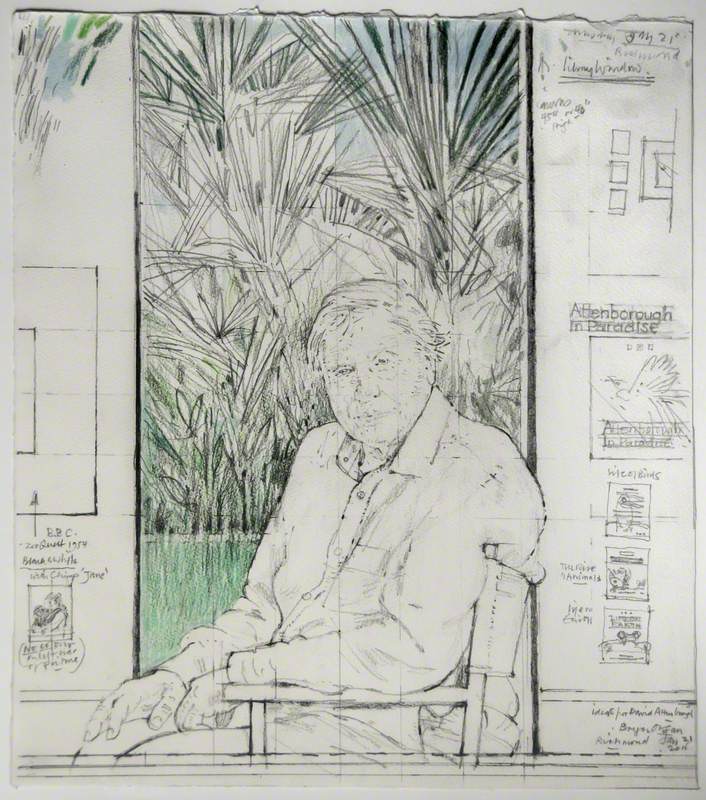
We were happy to show the sketches behind the creation of Bryan Organ’s oil portrait Attenborough in Paradise as part of a story by Lars Tharp – the preparatory works telling a story as interesting as the final picture.
Sonia Boyce’s work raises questions about the effect of the diaspora of the African
What’s next?
A great number of Partner collections already on Art UK
Our fortnightly newsletter updates readers on any new additions to Art UK. You can also follow @artukdotorg on Twitter (and Instagram) to be kept in the loop.
Emma Frith, Digital Content and Research Assistant and Jade King, Head of Editorial, Art UK
